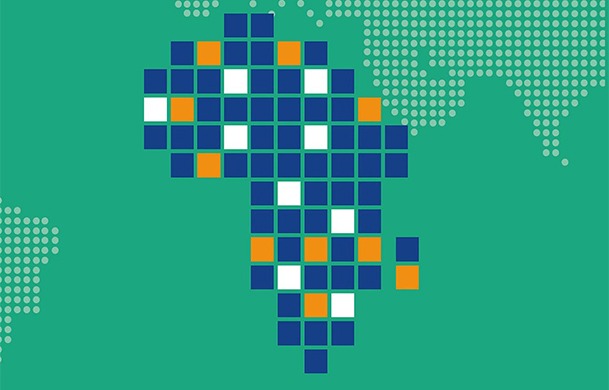
While Africa’s middle class may be smaller than the oft-reported figure of 300 million, it is growing at a strong rate – and the broad-based income growth is likely to encourage more companies to invest in the region, according to a report released by Standard Bank this week.
There are 15 million middle-class households in 11 of sub-Saharan Africa’s top economies this year, up from 4.6 million in 2000 and 2.4 million in 1990, the report states. This represents an increase of 230% over 14 years.
The report, titled “Understanding Africa’s middle class”, found that the combined GDPs of the 11 measured economies – Angola, Ethiopia, Ghana, Kenya, Mozambique, Nigeria, South Sudan, Sudan, Tanzania, Uganda and Zambia – had grown tenfold since 2000.
Discrepancies
Income discrepancies, however, are vast among the 11 economies, with almost 86% of the 110 million households falling within the low-income band. This is expected to fall to around 75% by 2030.
“While the scale of Africa’s middle-class ascent has, we believe, been somewhat exaggerated in line with the at times breathless ‘Africa Rising’ narrative, there is still plenty of scope for measured optimism regarding the size of the middle class in several key Sub-Saharan Africa economies,” said Simon Freemantle, an economist at Standard Bank.
The study used the Living Standards Measure (LSM), a South African methodology based on a wider range of analysis than income alone. Under the LSM, households with an annual consumption of under US$ 5,500 are classified in the low-income band, while households that consume between $ 5,500 and $ 42,000 a year are classified as lower-middle, middle, and upper-middle classes.
Read Also: The Next 10 Biggest Cities in Sub-Saharan Africa and Why They Matter
Optimism
Freemantle said there was cause for optimism among investors as the results suggest even greater scope for future growth. The number of middle-class households in sub-Saharan African countries is likely to increase significantly in the next 15 years.
“Including lower-middle-class households, the overall number swells to over 40 million households by 2030, from around 15 million today,” the report says.
The 11 countries covered by the report account for half of Africa’s total GDP (75% if South Africa is excluded) and half its population.
The figure of 300 million middle-class Africans – one-third of Africa’s people – comes from a study by the African Development Bank in 2011, which defined “middle class” as earning between $4 and $20 a day.
“Such individuals would still be exceptionally vulnerable to various economic shocks, and prone to lose their middle-income status,” Freemantle said.
‘Consumer potential’
The report found there was “an undeniable swelling” of Africa’s middle class, irrespective of which methodology was used.
“Reliable and proven data should if anything spur more interest in the continent’s consumer potential by adding depth to what was previously conjecture,” said Freemantle.
As a caution, the report states: “Though there has been a meaningful individual lift in income, it is clear that a substantial majority of individuals in most countries we looked at still live on or below the poverty line (measured as those with a daily income of USD2 or less).”
This article first appeared on SouthAfrica.info


